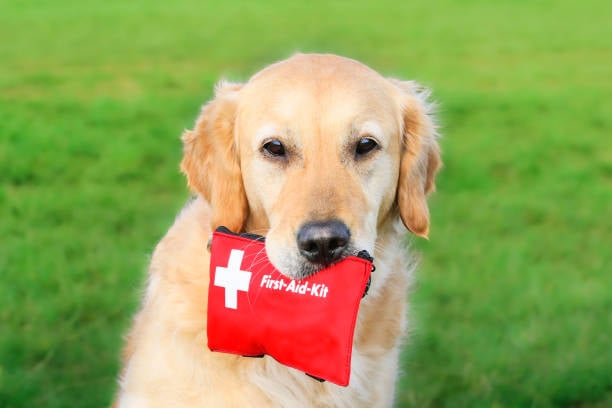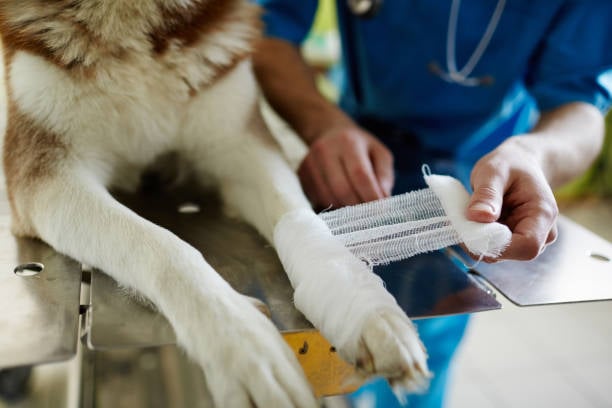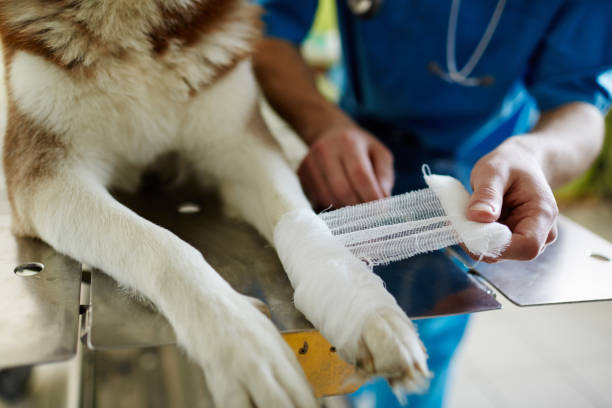As professionals dedicated to the well-being and care of dogs, understanding the fundamentals of pet first aid is not just beneficial—it's essential. Emergencies can happen at any time, and being equipped with the right knowledge and skills can mean the difference between life and death for the dogs under your care. This blog post delves into the critical aspects of pet first aid that every dog care professional should know, highlighting how this vital knowledge can safeguard the furry companions entrusted to us.
The Basics of Pet First Aid

Pet first aid encompasses a range of emergency procedures and treatments designed to provide immediate, temporary care in the event of an injury or sudden illness. Like first aid for humans, pet first aid does not replace professional veterinary care but serves as a crucial interim step that can stabilize a pet until it can be seen by a veterinarian.
Key Areas of Pet First Aid Knowledge
Recognizing an Emergency
Understanding the signs of distress, pain, or illness is the first step in administering first aid. This includes recognizing symptoms like excessive panting, drooling, limping, sudden collapse, or unresponsiveness.
CPR for Dogs
Cardiopulmonary resuscitation (CPR) for dogs is a lifesaving skill that every dog care professional should master. Learning the correct technique for chest compressions and rescue breathing can revive a dog in cardiac arrest.
Managing Bleeding and Wounds
It is essential to know how to properly clean and dress a wound and stop bleeding. This includes applying pressure to bleeding sites and understanding when a wound is severe enough to require immediate veterinary attention.Handling Choking
Dogs can easily choke on toys, food, or small objects. It is critical to be able to safely remove the obstructing item without causing further harm.Heatstroke and Hypothermia
With their thick fur coats, dogs are particularly susceptible to temperature-related emergencies. Knowing the signs of heatstroke and hypothermia and taking immediate steps can save a dog's life.Poisoning
Accidental ingestion of toxic substances is a common emergency. Dog care professionals should know the most common toxins, their symptoms, and the immediate steps to take if poisoning is suspected.First Aid Training and Certification

While online resources and books can provide valuable information, hands-on training under the guidance of a professional is irreplaceable. Many organizations offer pet first aid courses and certifications, which cover a comprehensive range of topics and provide practical experience through simulations and exercises.
Creating a Pet First Aid Kit
Every dog care facility and professional should have a well-stocked pet first aid kit readily available. Essential items include gauze, adhesive tape, cotton balls, tweezers, scissors, a digital thermometer, saline solution, and a muzzle. Familiarizing yourself with each item and its use ensures you're prepared to act quickly in an emergency.
The Role of Communication
In any emergency situation, clear and prompt communication with the pet owner and the veterinary team is crucial. Dog care professionals should have protocols for contacting owners and local veterinarians, ensuring that every pet receives the necessary follow-up care.
Pet first aid is an indispensable part of the skill set for dog care professionals. It empowers us to respond effectively to emergencies, providing immediate care that can prevent further injury, alleviate pain, and even save lives. By investing time in learning pet first aid and keeping our knowledge and skills up to date, we uphold our commitment to the safety and well-being of the dogs we are privileged to care for. Let's embrace the responsibility of being their protectors in every sense of the word, ensuring we're always prepared for the unexpected.
Subscribe to the Gingr Blog






